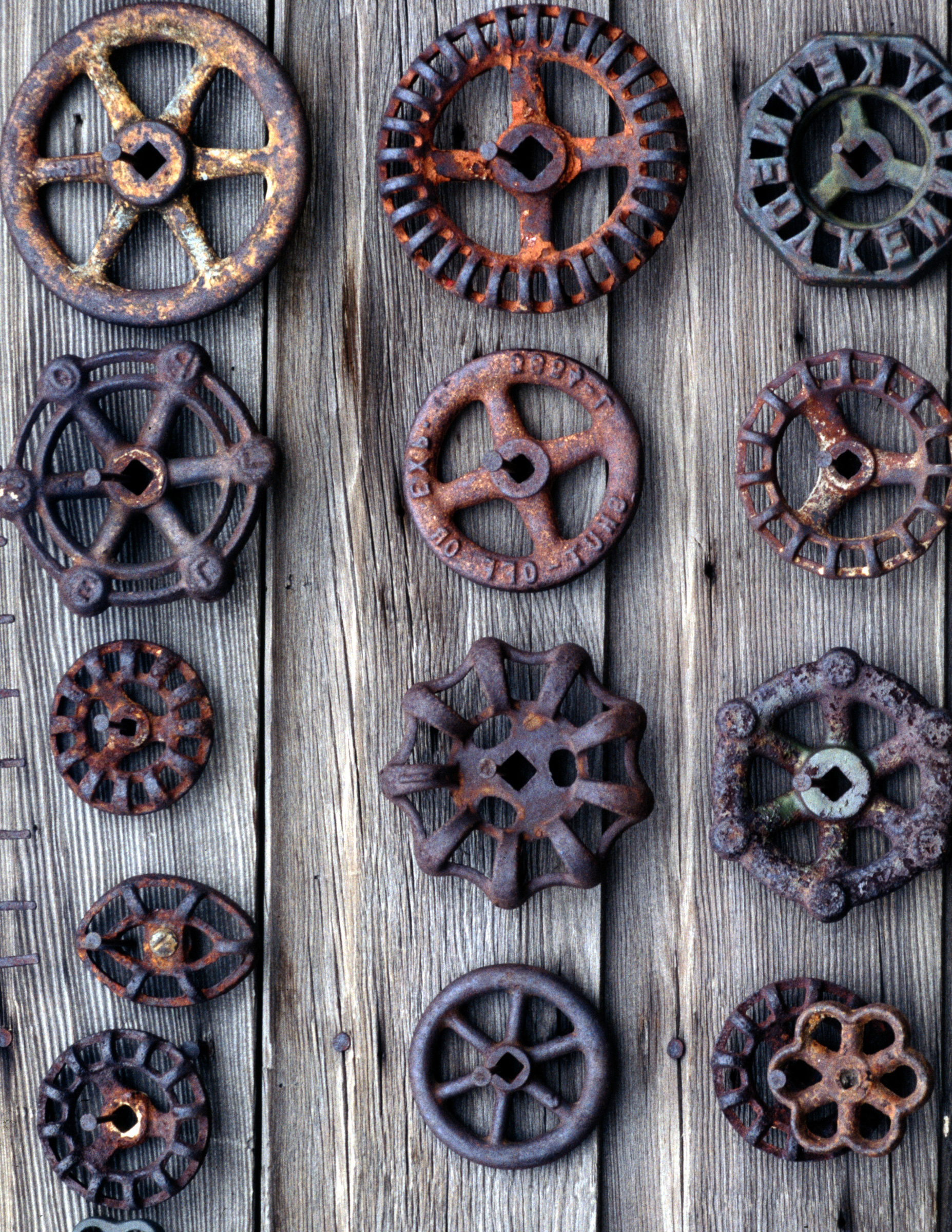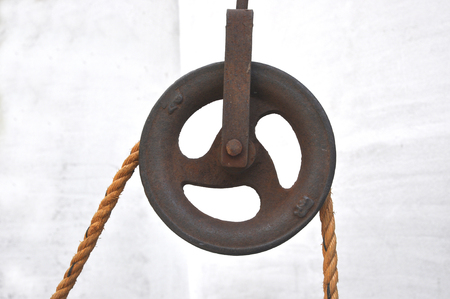
6 Simple Machines Modern Making Can’t Live Without
Modern manufacturing has come quite a distance. It now uses CNC machining for milling and turning, and lasers for 3D printing. However the most elementary machine types, as defined by Archimedes more than 2000 years back, are still found in today’s production shop if you look all over the place. A few of these simple machines haven’t any moving parts but will be the foundation for all your complex machines that came after.

The Wedge
This shape is familiar to any child who’s ever before played with a couple of toy wood blocks. The wedge is amazing in its flexibility, because it’s part of four different but related machine types, combined with the inclined plane, screw and lever.
The wedge is actually a triangle, with both long attributes assembly at a razor-sharp viewpoint we call the border. This edge pushes against an object, and the opposing pressure is dissipated along the true face allowing the wedge to minimize.Where is a wedge within a machine shop? Just about everywhere. Every chopping tool is a wedge of some sort, wherever an angled face complies with the workpiece to shave off organic material. Cutlery, scissors, axes, data, drills – even the fine abrasive allergens on milling rocks and sandpaper – they are all types of wedges.

The Lever
A wedge can become a pivot point, called a fulcrum, as the lever is any bar or rod that pivots at the fulcrum. When one end of the bar moves in one direction, the corresponding opposite end of the bar moves in the other direction. What’s the goal of that?
If both ends are a similar length, there is absolutely no mechanical advantage, but it can help move the location where in fact the strong make is applied. If the length is increased by you of the bar at the input end, you multiply the force applied at the contrary end, which is very convenient indeed. Levers are located on every pair of pliers, scissors, sketch pubs, and clamps for possessing parts set up, among a lot more examples.

The Inclined Plane
A different type of wedge or triangle, this time around with one 90 degree angle assisting to form basics. The potent pressure applied moves up the inclined face, distributing area of the load and part horizontally. Splitting the load up this real way makes it more manageable to slowly but surely move a heavy weight a great distance.
Inclined planes with stepped notches cut into them are ideal for holding clamps, commonly used on CNC machines. You also find them on loading ramps of course, where wheeled trolleys move heavy loads into and out of the shop.

The Axle and Wheel
It had been a red letter day for the people when someone thought this out. We all really know what axles and wheels are, but the important things to keep in mind here from an executive perspective is that fundamental machine exchanges linear action into rotational action, and vice versa. And it proficiently does so very, with little frictional damage.
The applications are endless. Every content spinning and turning procedure over a mill, lathe or grinder – CNC or manual – depends on perfection bearings that transfer lots with amazing accuracy and repeatability.

The Pulley
A kind of axle and steering wheel, the pulley transmits the powerful pressure of lots while redirecting that power, and divides the weight being transferred through every pulley in a string. Minimizing the potent make this way requires that the strain be migrated a larger distance, an acceptable bargain.
Pulleys are being used in mechanical and electrical winches, to hoist very heavy tools and mold bases into and out of plastic injection and pressure die casting machines, or to off-load raw materials in a warehouse.

The Screw
A combination of the wheel and axle and the inclined plane, screws help to transmit force and motion both rotationally and linearly at the same time.
As we all know, screws have threaded shafts, and these threads interface with an opposing force to either redirect it or hold it in place over a large surface area.
So, screws are used in all kinds of fasteners, to drive plastic into injection molding machines, to move vice jaws in and out, to calibrate inspection equipment and a million other places. One less obvious place is with the ball lead screw. This wondrous invention lets a linear actuator move smoothly – and very quickly – along a threaded rod with great accuracy and repeatability, making CNC machines as reliable as they are.
And we rely on these basic machine types every day to make parts for rapid prototypes, industrial and consumer products every day. Interested in how we can make them work for you? Contact us today for a free quotation!
2 comments on “6 Simple Machines Modern Making Can’t Live Without”